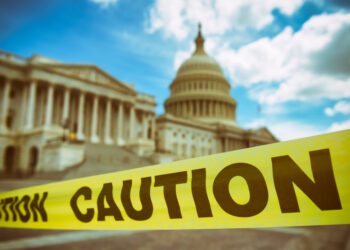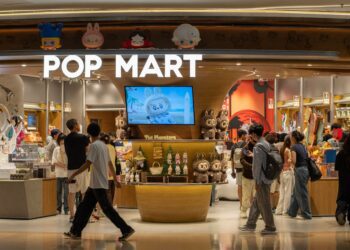For business leaders, confronting implicit bias both within themselves and within their organizations isn’t just optional—it’s an imperative, says Tessa Charlesworth, an assistant professor of management and organizations at Kellogg and director of the Change Lab.
“Inclusive leadership is actually an intrinsic goal that most people have, regardless of their politics,” she says. “It’s not just, ‘Kumbaya, let’s all be really happy here.’ It’s, ‘I want to be a compassionate and strong leader who makes sure that everyone brings their best selves to work.’”
“One of my first prescriptions that I usually give to people is, just notice the biases in your environment, or even the biases that other people express,” she says. “So often, it’s easier to notice the faults that are out there, before we start to turn the lenses on ourselves and notice our own faults and our own decision-making.”
Charlesworth gives the example of a hotel chain where a guest noticed that the automatic towel and soap dispensers at one of its locations weren’t working when they waved their hands in front of the sensors. The person suggested it could be because they had Black skin which reflected light for the infrared sensor in a different way from white skin. “The management was suddenly like, ‘Shoot, we’ve literally never thought about this before,’” Charlesworth recounts. It was a form of structural bias that was unintentional but nevertheless affected its employees and, undoubtedly, the hotel’s guests as well.
These efforts still don’t let leaders themselves off the hook, though, cautions Charlesworth.
“I always say, start with the structures, because people are so resistant to looking inside themselves and noticing their flaws,” she says. “But don’t stop with the structures, because they can become a crutch.
Find a trusted colleague to call you out
Identifying biases doesn’t have to be a solitary pursuit. “It doesn’t just rely on us sitting in a dark room and meditating on all of our failings,” says Charlesworth. In fact, for such a psychologically challenging process, it can help to have a trusted colleague to get it rolling.
“People don’t like changing their own minds, and it’s really uncomfortable to reflect on our failings and our blind spots,” she continues. “So find a buddy that you can trust is being honest and authentic, and have them start to challenge you on some of your beliefs, or things you say in meetings, or how you approach hiring decisions.”
This step will only be possible if people already feel they’re working in a psychologically safe workplace, where they can raise their hands and offer different perspectives or disconfirm information. But the results can be eye-opening.
“It’s not just, ‘Kumbaya, let’s all be really happy here.’ It’s, ‘I want to be a compassionate and strong leader who makes sure that everyone brings their best selves to work.’”
Charlesworth offers an example from her own life. She enjoys sports and was a competitive dancer growing up. When she suggested to her colleagues that they do team-building exercises, the activities were often physically rigorous—such as hiking or surfing. What she didn’t consider was that these options might not appeal to, or be possible for, her colleagues with different bodies, abilities, or relationships to physical activity. Her colleagues challenged her assumptions, telling her, “You know, not everyone can do that.” It gave her the chance to recognize her own implicit bias.
“Those kinds of challenging moments were really great to then think about, Where is that coming from? What are the origins of those kinds of biases, and how could I start to uproot it without always needing someone to call me out on it?” she says.












